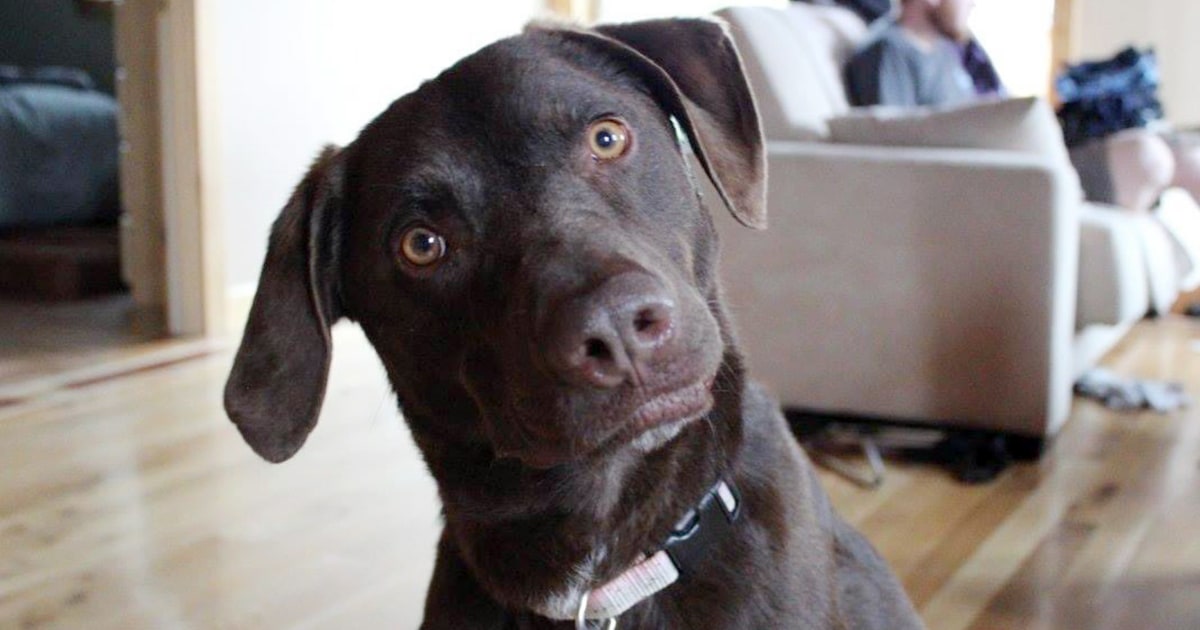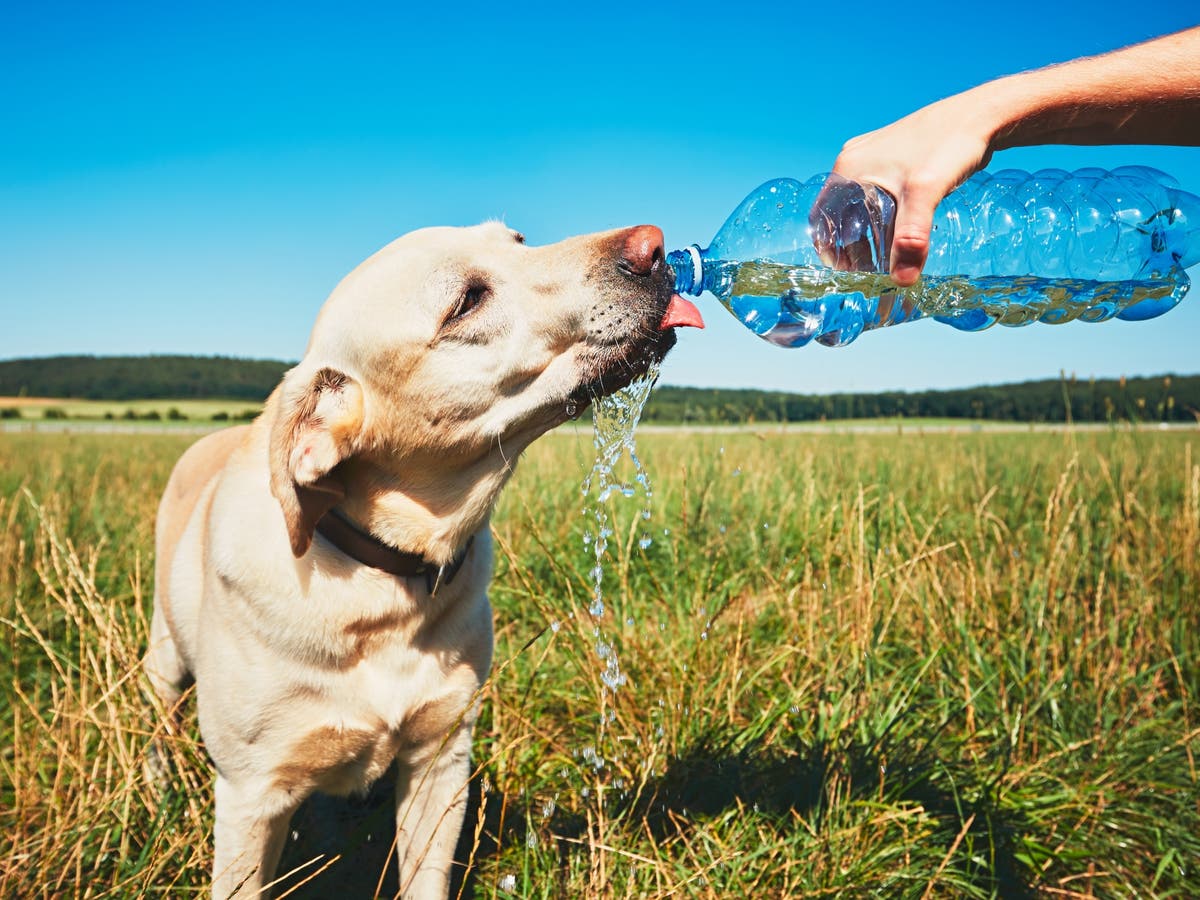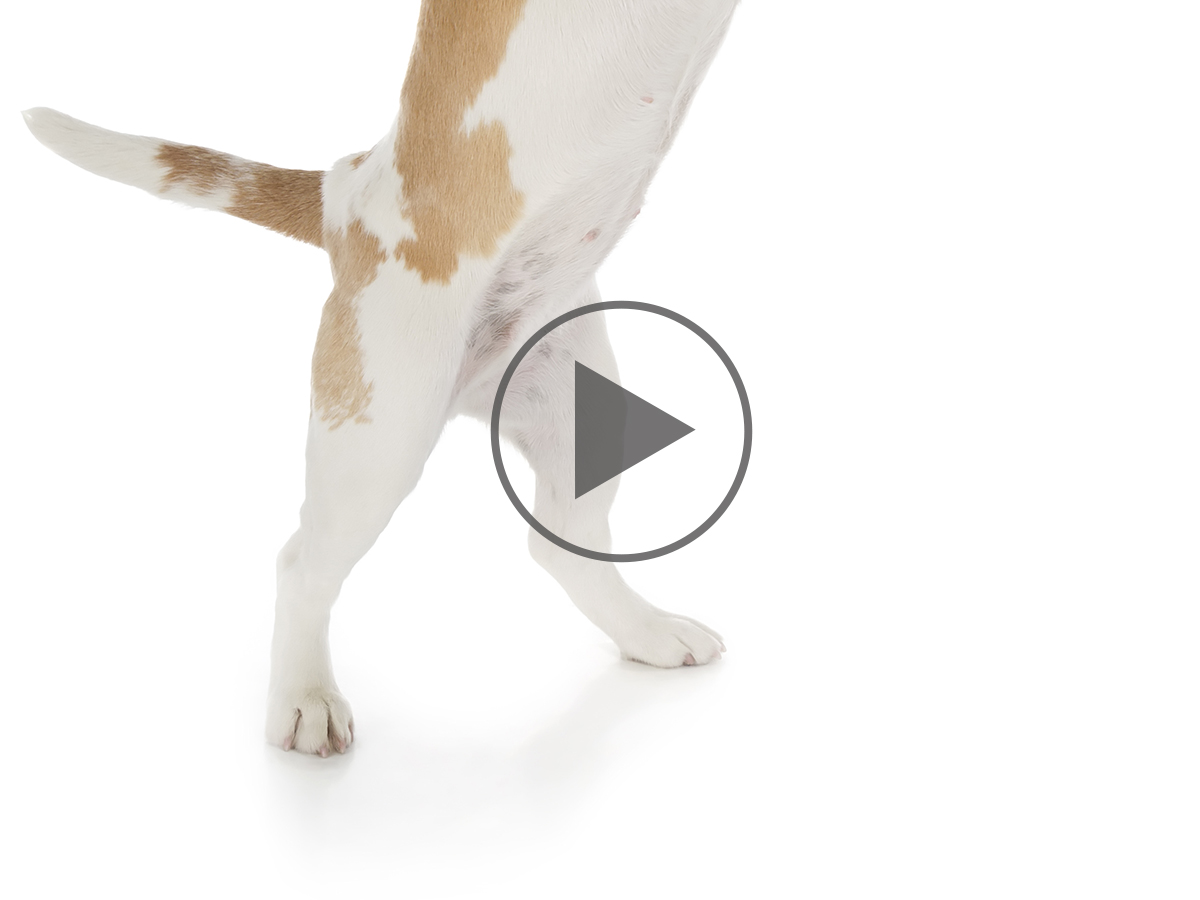Dog Spay Surgery from Start to Finish

When getting their dog spayed, pet parents usually make the decision based on the recommendation of their veterinarian or breeder. Most rescue organizations and shelters also require all adopted dogs to be spayed.
Making the choice to go with spay surgery is a personal, important decision. Make sure you have the necessary facts to make the best decision for your dog.
What are the Benefits of Spaying a Dog?
One of the main benefits of spaying a dog is preventing pet overpopulation. A spayed female dog cannot reproduce because her uterus and ovaries have been removed.
Unspayed female dogs usually have a period twice a year, which can be a bloody mess. Spaying a dog eliminates her period and the mess.
Spaying a dog also has several behavioral benefits, including a reduction in unwanted conduct such as humping, roaming and inter-dog aggression.
The dog spay surgery offers multiple health benefits as well, including greatly reducing the risk of breast cancer and erasing the risk of uterine cancer, ovarian cancer and pyometra, a deadly uterine infection.
What Is the Process of Spay Surgery?
- The veterinary team will run your dog’s bloodwork before surgery—either the same day or earlier—to make sure your dog is safe for anesthesia.
- If her bloodwork is normal, they will inject your dog with a sedative to reduce her anxiety and pain. An intravenous catheter will be placed in her leg. You may notice an area of clipped fur on one of your dog’s legs after surgery.
- Your dog is then placed under general anesthesia. The hair on her abdomen is clipped and the skin will be surgically prepped for sterile surgery.
- An incision is made through the skin into the abdomen below her belly button. Depending on the age and size of your dog, this incision may be small or large.
- The surgeon uses a tool called a spay hook to find the uterus and bring it up and out of the abdomen. After the ovaries are visualized, the surgeon will clamp off the ovaries with a surgical tool.
- Using sutures, the surgeon will tie off each ovary, remove it using a scalpel or laser, and then, depending on the surgery technique used, may leave the uterus in the body or will clamp off and remove the uterus as well.
- The surgeon then checks the attachments for bleeding. If everything looks good, the surgeon carefully places the uterine and ovarian attachments back inside the abdomen.
- Lastly, the abdomen is closed with three layers of suture or staples. The sutures usually are under the skin and dissolve after a set period of time. This has two benefits: It eliminates the need for suture removal, and your dog is less likely to bother buried sutures.
- After surgery, your dog receives an injection of pain medication and wakes up in recovery.
Your dog will be hospitalized for the spay procedure, which usually is performed on an outpatient basis. Most dogs go home the same day as surgery.
Is Spaying a Dog Painful?
Spaying a dog is an abdominal surgical procedure, and it is painful. However, with the advent of modern pain medications and a better understanding of pain control in dogs, most pups experience only minimal discomfort after surgery when all post-surgical recommendations are followed.
This includes administration of pain medication, even if your dog doesn’t appear to be in pain. It is very important to control pain following any surgical procedure, because animals (and people!) in pain take longer to recover.
Talk to your vet about pet pain medication options.
What Risks Are Associated with Spay Surgery?
The risks associated with spaying a dog include pain, infection, dehiscence (opening) of the surgical site and excessive bleeding. These complications can be life threatening.
In addition, spaying requires general anesthesia, which also comes with risks, including death. This is why bloodwork and a full exam are critical safety procedures that should be done before administering any general anesthesia.
Timing of the spay surgery also can affect long-term health risks for your fur friend. For example, recent studies show that delaying spaying in large-breed dogs until they are fully grown (1½-2 years old) reduces their risk of developing certain joint disorders and bone cancers. So, talk with your veterinarian about the right time to spay your particular dog.
What Do I Need to Monitor After Spay Surgery?
Signs of infection after the spay procedure include:
- Excessive swelling
- Redness
- Heat
- Odor or discharge from the surgical site
If you notice any of these signs, call your veterinarian immediately.
You can minimize the risk of infection by following your veterinarian’s discharge instructions and preventing your pup from licking the surgery site. To help prevent this you can place a cone or a no-bite dog collar on her for the recommended time period after surgery.
It also is imperative to control your dog’s post-surgery activity to help prevent swelling. In some cases, a dog’s early activity can open her incision, so follow all post-surgical instructions from your veterinarian exactly.
When Can My Spayed Dog Resume Normal Activity?
Most dogs can resume normal activities 10-14 days after their spay surgery.

Featured Image: pyotr021/iStock/Thinkstock












